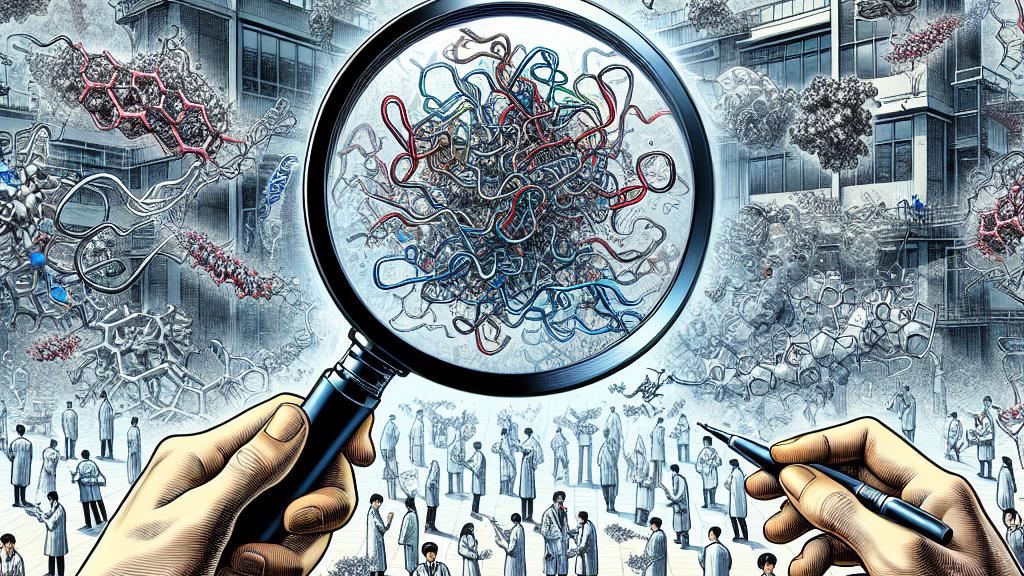Unlocking the Secrets of Protein Molecular Dynamics with AI Technology
Overview
- AI is revolutionizing the study of protein dynamics and providing unparalleled insights.
- Molecular simulations reveal intricate behaviors of proteins, bridging knowledge gaps.
- Understanding protein motion is crucial for innovative advancements in drug design.

The Game-Changing Role of AI in Protein Dynamics Research
Picture a bustling lab in China where scientists are unleashing the power of AI technologies, like AI2BMD, to dive deep into the world of protein molecular dynamics. Rather than just being static entities, proteins are dynamic and ever-changing, akin to flexible performers on a stage, constantly adapting their moves. Traditional research methods may give us glimpses, but they often restrict our understanding. Now, imagine AI as a powerful lens, bringing clarity and detail to these complex movements. For example, AI can analyze colossal datasets from molecular simulations, helping researchers uncover how proteins react to diverse stimuli. This includes everything from environmental changes to chemical interactions, revealing vital insights that can impact biological functions.
The Dynamic Nature of Proteins: A Key to Their Functionality
Consider proteins as masterful dancers in a grand ballet. Each protein boasts a unique choreography; take kinesin, a fascinating protein that deftly carries cellular cargo along microtubules. Its ability to 'walk' relies heavily on its dynamic nature. Proteins, like dancers, flip and twist through various conformations, which are essential for maintaining their functionality. Recent AI studies showcase intriguing examples: even the slightest alteration in a protein's structure can drastically change its behavior, similar to how a dancer's misstep might alter the flow of a performance. This flexibility paves the way for allosteric regulation, where changes in one area influence distant parts of the protein, underscoring the importance of understanding these dynamic interactions.
Revolutionizing Drug Discovery with Insights from Protein Dynamics
Now, envision the profound consequences of these revelations on drug discovery! When we thoroughly understand how proteins function in both healthy and disease states, we can develop precise treatments that target their specific molecular actions. For instance, if researchers pinpoint how specific mutations lead to drug resistance, they can design innovative therapies that strategically circumvent these challenges. It's almost like finding the secret moves in a dance that allow one to navigate around obstacles! Moreover, by mapping protein dynamics, scientists can anticipate how proteins respond to potential drugs, significantly enhancing the design and effectiveness of treatment strategies. This fusion of AI and molecular dynamics heralds an exciting new era in medicine, where individualized therapies can adapt and respond to the complexities of biological systems with unprecedented accuracy.

Loading...